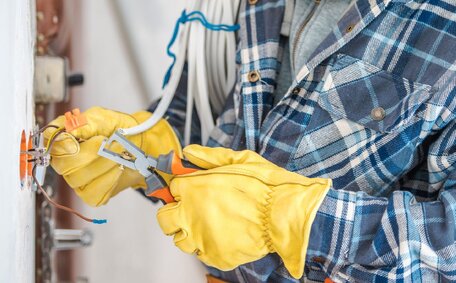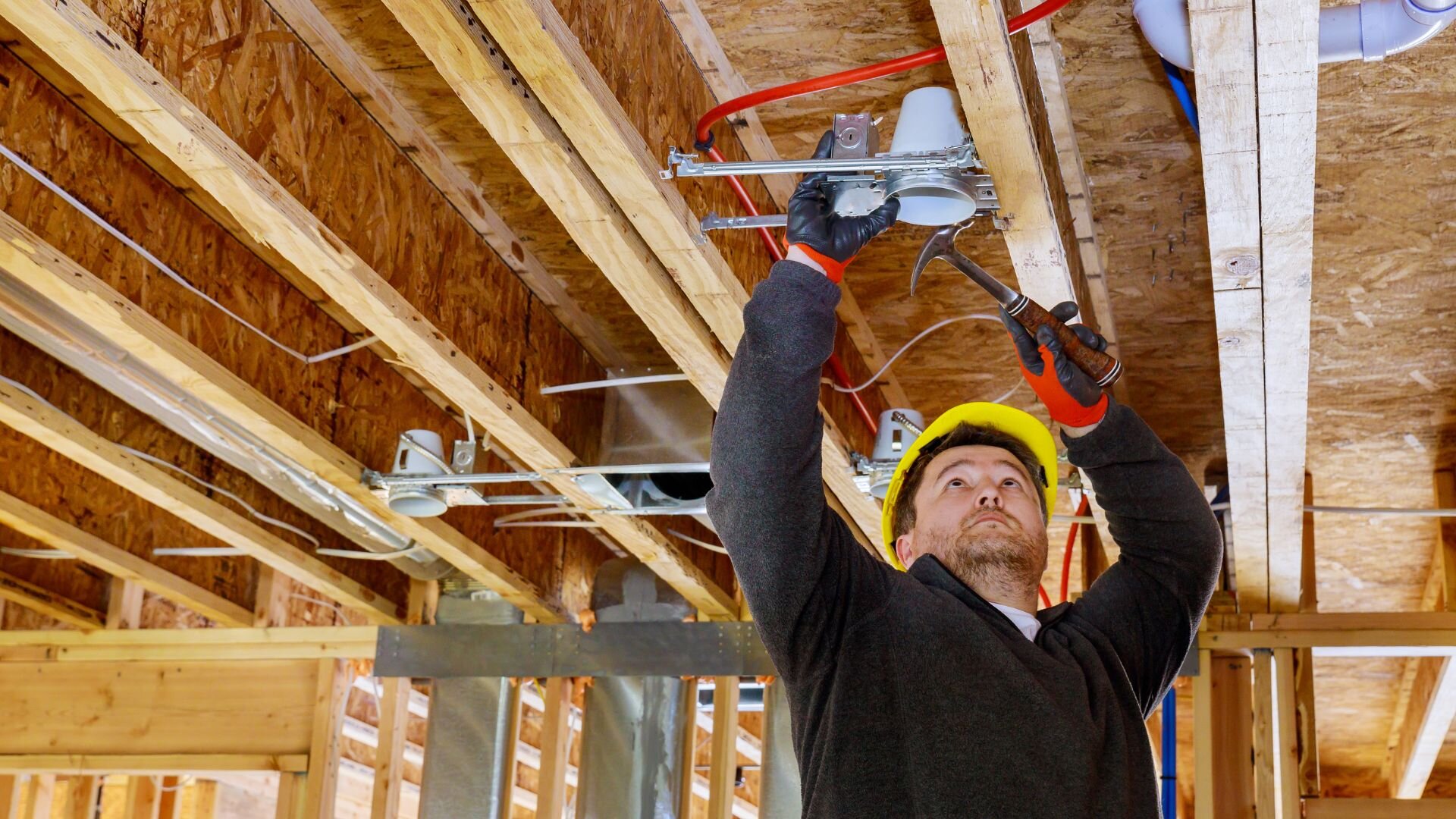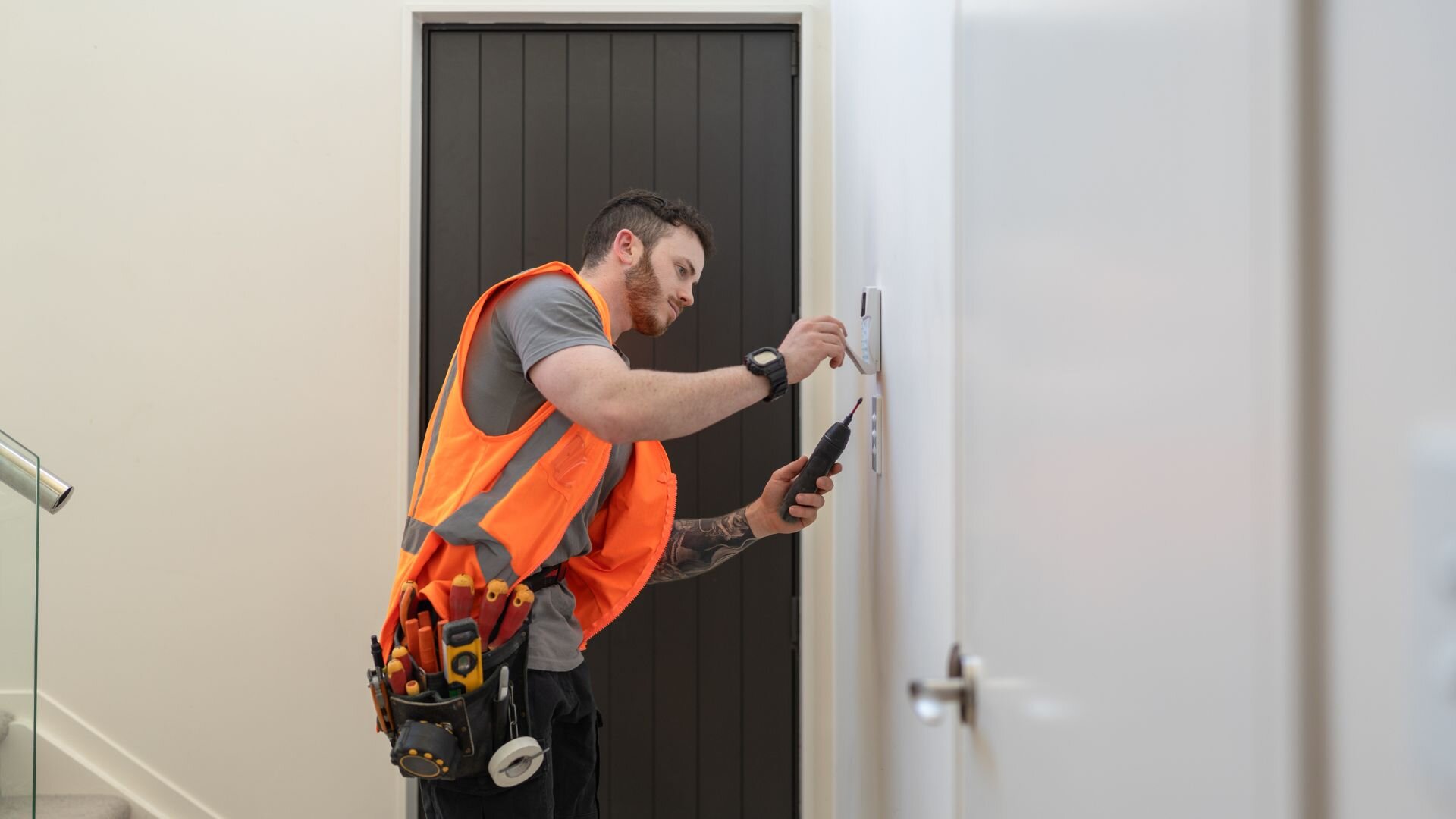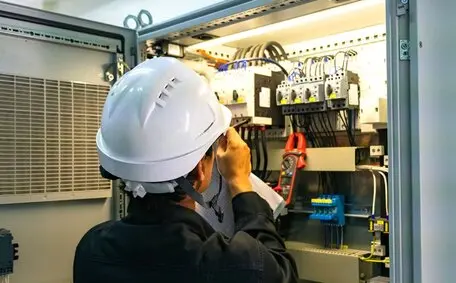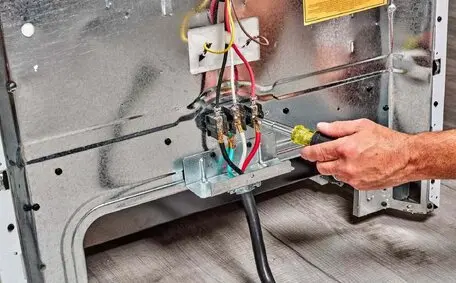Planning a build orrenovation? You’ll need reliable power on site.
Whether you’re kicking off a major construction project or setting up for a big event, having a safe and steady temporary power supply isn’t just handy — it’s essential. With demand soaring across job sites and venues, getting the setup right from day one can save you a lot of headaches down the track.
Temporary power keeps your tools running, your site safe and ensures you’re ticking all the boxes when it comes to NSW’s strict electrical compliance requirements.
In this guide, we’ll break down everything you need to know about temporary power connections — from the initial site inspection all the way through to switching it off when you’re done.
We’ll explain why you need a Level 2 electrician (and not just any sparkie), walk you through the approval process, and cover the key compliance checks that keep everything above board and powered up.
What Exactly Are Temporary Power Connections?
Temporary power connections are short-term electrical setups used when there’s no permanent power on site — think construction zones, major renos, or pop-up events like festivals and markets.
They keep the essentials running — tools, lighting, even site amenities — until the main supply is ready to go. But this isn’t something you can sort out with a few extension cords. Because of the safety risks involved, only licensedLevel 2 electricians are allowed to handle these installations.
Getting it done properly isn’t just about flicking the switch. It’s about keeping your crew safe, staying compliant with local regulations, and avoiding costly delays or penalties. Safety, access, and legal requirements all come into play when setting up temporary power — and getting them right from the start makes a big difference.
Step 1: Site Assessment and Planning: Laying the Groundwork
Before any cables are run or poles go up, a licensed electrician will kick things off with a detailed site inspection. This is where they figure out exactly what your site needs — from how much power you’ll be drawing to how easy it is to access the area and what safety clearances are required.
They’ll also look at how long you’ll need temporary power and tailor the setup to be both safe and practical. It’s not just about plugging things in — it’s about getting the right power, in the right place, for the right amount of time.
Your electrician will coordinate with energy providers and site managers to make sure everything aligns with your project timeline. A solid plan from the get-go means fewer delays, lower risks, and reliable power when it matters most.
No two worksites are the same, so a one-size-fits-all solution just won’t cut it. Custom planning ensures your temporary power setup is built to suit your specific site and schedule.
![2025 04 Preparing Site For Temporary Power Preparing Site Temporary Power]()
Step 2: Applying for Power Supply
Once the plan’s locked in, the next move is to lodge a formal application with your local energy distributor — and this isn’t something you can DIY. Only a Level 2 electrician can submit the paperwork and keep things moving.
They’ll need a few key details: the property address, a site plan, your National Meter Identifier (NMI) if you’ve got one, and a bit of client ID to get the ball rolling.
Depending on how busy the distributor is — and how complex your setup is — approvals can take a few business days. There may also be some fees involved, so it’s good to factor that into your timeline and budget early on.
Getting this step right is crucial. Any hold-ups or missing info can delay power getting to the site, which means trades are standing around instead of getting stuck into the job.
Step 3: Installing the Gear
![2025 04 Installing Temporary Power Components Installing Temporary Power Components]()
Once everything’s been approved, it’s time to get boots on the ground and install the setup. This includes all the essentials — a temporary switchboard, safety switches (RCDs), metering gear, and either an overhead or underground connection point.
If it’s an overhead setup, cables are run from the nearest power lines to a switchboard mounted on a pole. Underground connections are trenched in and fed through the ground.
Both methods require precise handling, correct clearances, and weatherproofing to keep things safe and running smoothly — rain, hail or shine.
Safety’s a big deal here. Proper earthing protects workers and gear from electrical faults, while RCDs (residual current devices) are installed to instantly shut off power if there’s a fault — helping to prevent injury, fire, or worse.
Once everything’s in place and double-checked, the local energy distributor gives the green light to switch it all on.
Step 4: Final Inspection and Compliance Checks
Once everything’s set up, a final inspection gives the go-ahead that your temporary power connection is safe, secure, and up to code. This check might be done by your energy distributor or an authorised inspector — either way, it’s a must.
They’ll go over key details like the switchboard layout, proper earthing, where the meter’s placed, cable clearances, and whether everything’s been properly weatherproofed.
Any issues at this stage can lead to frustrating delays or even having the power cut. That’s why working with a qualified Level 2 electrician makes all the difference — they know how to get it right from the start and keep your site ticking all the legal boxes in NSW.
Step 5: Ongoing Management and Maintenance
Temporary power setups aren’t a “set it and forget it” kind of deal — especially if the job stretches out over weeks or months.
Your licensed provider (yep, still a Level 2 electrician) will carry out regular checks to make sure everything’s still safe, secure, and working as it should.
If the project timeline changes or the power load increases — which, let’s be honest, often happens — they’ll make the necessary adjustments. Keeping in touch with your sparkie helps you stay ahead of any hiccups and avoid unexpected outages.
![2025 04 Electrician Temporary Power Electrician Temporary Power]()
Step 6: Switching Off and Cleaning Up
When the project wraps or your permanent supply kicks in, it’s time to pull the plug — safely.
Your electrician will take care of disconnecting the setup, removing all temporary equipment, and leaving the site clean and hazard-free. This includes detaching from the grid, dismantling switchboards or poles, and restoring the area so it’s ready for the next stage.
Only Level 2 electricians are authorised to handle disconnection, so it’s crucial to go through the proper channels to stay compliant.
Keep Your Site Powered, Safely and Smoothly
Temporary power isn’t just about flipping a switch and hoping for the best. It takes careful planning, the right gear, and expert hands to keep everything safe, legal, and running smoothly.
At Bright Force Electrical, we specialise in Level 2 services across Sydney — delivering tailored temporary power solutions that fit your site’s exact needs. Whether you’re running a short-term reno or a major construction job, we’ve got the experience to keep you powered without the drama.
Get in touch with our team today for a professional assessment and keep your project moving from day one.
